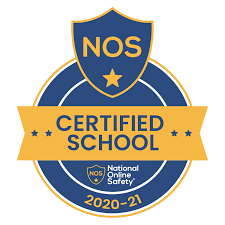Year 5 Geography - Oceans
In Geography lessons, Year 5 has been delving into the vital topic of oceans. This week, our focus shifted to practical solutions for preventing plastic pollution in our seas. We thoroughly explored ways to reduce our personal single-use plastic consumption and discussed innovative methods for repurposing and reusing plastic items. Building on this crucial understanding, we are excited to visit the seaside next week, where we will investigate our local beaches to assess litter types and quantities, and identify the diverse flora and fauna that inhabit the area.
Nursery - Computing - Ice-Cream Creations
The children approached the interactive whiteboard with high levels of curiosity and engagement, particularly with the vibrant colours and responsiveness of the Purple Mash drawing function. For the newer class members, the activity provided a foundational experience in early digital literacy. These children primarily focused on the cause and effect relationship between their physical movements and the marks appearing on the screen. They explored moving their hands across the board, watching lines and scribbles appear, demonstrating an initial understanding that their actions directly influenced the digital output. Their movements were broad and experimental, indicating the very first stages of control over a digital tool. The older and more experienced children in the class exhibited more refined digital literacy skills and intentionality. These students actively attempted to control their movements to achieve specific shapes, notably working on creating circular motions to form ice cream scoops. Their engagement also extended to thinking about their design, verbally contemplating and selecting virtual "toppings" for their ice creams e.g., "I want sprinkles!", "Strawberry on top!". This demonstrated developing digital dexterity, early planning skills, and the ability to integrate imaginative ideas with the available digital tools. Overall, the activity successfully catered to a range of developmental stages, allowing all children to explore digital mark-making at their own level while fostering early computing and creative expression.
Year 3 PSHE - Growing And Changing -Secret Or Surprise?
In PSHE, our Year 3 students have been exploring the concepts of secrets and surprises, learning to tell the difference between the two. We've discussed how both surprises and secrets can make us feel. Crucially, they've learned to identify the difference between a safe secret and an unsafe secret, and, most importantly, who they can talk to if a secret ever makes them feel uncomfortable or unsafe.
Year 4 P.E. Long Jump
Year 4 have been honing in their Long Jump skills in their Athletic P.E. lesson this week. They have tried to find out the best techniques to help them reach longer distances and have made some fantastic progress when bearing this in mind - well done everybody!
Year2/3 Transition Day
Today, our Year 2 students had a fantastic first morning transitioning to their new Year 3 class! They openly shared their ambitions and fears for the year ahead. To visualize their hopes, they designed aeroplanes representing their future ambitions. They also decorated crosses for the R.E. display board, adding their creative touch to the classroom.
Year 3 PSHE - Growing And Changing -Secret Or Surprise?
In PSHE, our Year 3 students have been exploring the concepts of secrets and surprises, learning to tell the difference between the two. We've discussed how both surprises and secrets can make us feel. Crucially, they've learned to identify the difference between a safe secret and an unsafe secret, and, most importantly, who they can talk to if a secret ever makes them feel uncomfortable or unsafe.
Pre-School-Understanding The World-Harvesting
This week in understanding the world we have been looking at harvesting, What can be harvested?, who harvests them? and why we harvest fruit and vegetables. "Harvesting" in the Early Years refers to engaging young children in activities related to the gathering of crops, fruits, and vegetables. It's a fantastic way to introduce them to concepts of nature, food, and the wider world. Key Learning Areas in EYFS Covered by Harvesting Activities: Understanding the World: The Natural World: Learning about plant life cycles, where food comes from, the importance of water and sunlight, and the role of insects. People, Culture and Communities: Understanding how farms provide food, the concept of a harvest festival, and the idea of sharing and gratitude. Physical Development: Fine Motor Skills: Planting small seeds, picking berries, husking corn, using child-friendly gardening tools. Gross Motor Skills: Digging, carrying baskets, moving around a garden or outdoor space. Personal, Social and Emotional Development: Managing Self: Developing patience as they wait for plants to grow, taking responsibility for caring for plants. Self-Regulation: Sharing tools, taking turns. Building Relationships: Working cooperatively with peers and adults. Communication and Language: Listening, Attention and Understanding: Following instructions for planting and harvesting. Speaking: Describing textures, smells, and tastes of harvested items, discussing what they are doing. Mathematics: Number: Counting fruits, vegetables, or seeds; measuring quantities of soil or water. Shape, Space and Measure: Sorting by size, comparing quantities. Expressive Arts and Design: Creating with Materials: Making fruit/vegetable prints, collages with seeds, designing scarecrows. Being Imaginative and Expressive: Role-playing a farmer or market stall holder. Harvesting Activities for EYFS: Real Garden Harvesting: Planting and Growing: If possible, have a small garden patch where children can plant seeds (e.g., beans, cress, sunflowers) and care for them. The ultimate harvesting experience! Picking: Picking ripe fruits (strawberries, raspberries) or vegetables (peas, cherry tomatoes) they have grown. Root Vegetable Digging: Burying vegetables like potatoes or carrots in a sensory bin filled with soil or compost for children to "dig up."
Pre-School-Expressive Art And Design-Making snails.
At the workshop table this week we have been creating snails using a range of materials, this is linked to our story The Snail and The Whale.
Year 4 English - Folktale Writing
Year 4 have enjoyed reading different folktales and have been busy this week putting all of their ideas together to create their own, based on the tale, 'Brer Fox and Brer Rabbit Go Hunting'. We are excited to hear all the mischievous antics these characters have gotten up to in our own creations!
Year 1 - D.T. - Creating A Moving Book
Get ready for an egg-cellent adventure! Our Year 1 class has been busy creating and constructing a moving book that tells the classic tale of Humpty Dumpty. Watch as Humpty tumbles and bounces with our amazing moving mechanisms! It's been a cracking good time bringing this story to life.
Year 1 - Maths - Recognising Notes
In Year 1, we're building essential life skills! Our recent lesson focused on recognizing paper money and notes, helping us understand the value of different denominations. We had a great time learning to identify different coins and notes – a super important step in becoming money smart! Take a look at our progress.
Nursery - Science - Exploring Textures In The Sand
The children in Nursery class actively explored the materials with their hands, running sand through their fingers and picking up the feathers. This demonstrated strong curiosity and active exploration. As they explored, children spontaneously generated descriptive words for the textures they encountered. Several children were heard saying "fluffy" when touching the feathers and "soft" when feeling the fine sand. When adults modelled words like "bumpy" and "smooth", while touching shells, these words were frequently repeated by the children, showing developing listening and understanding skills and an expansion of their descriptive vocabulary. Children also engaged in various actions with the materials, such as sprinkling sand over the feathers and shells, and examining the intricate patterns on the shells. This hands-on interaction allowed for direct observation of material properties and fostered a deeper sensory understanding of their immediate environment. The activity successfully provided rich opportunities for sensory exploration and language development around textures.
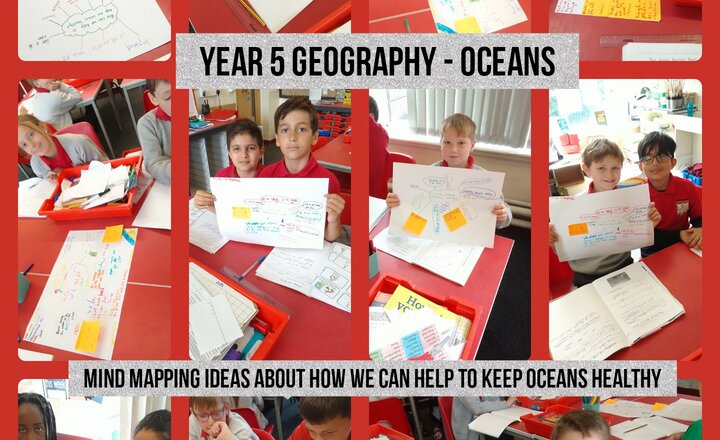
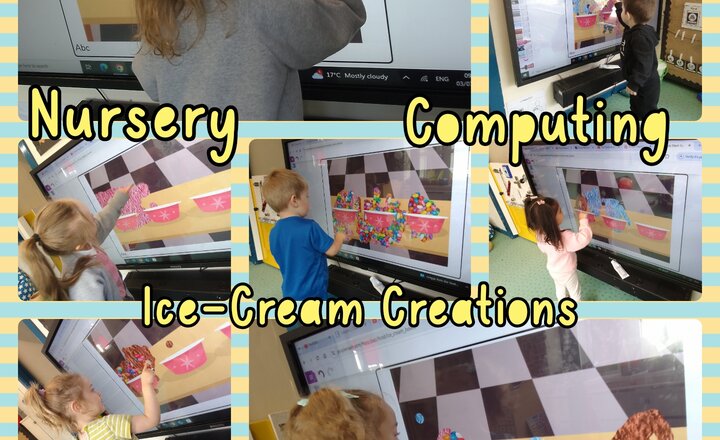
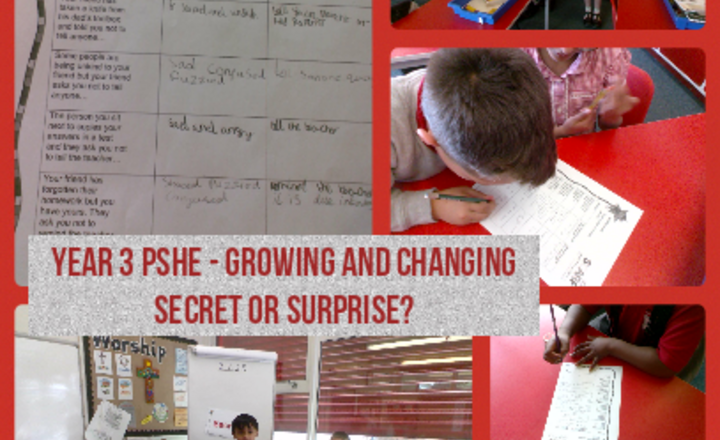
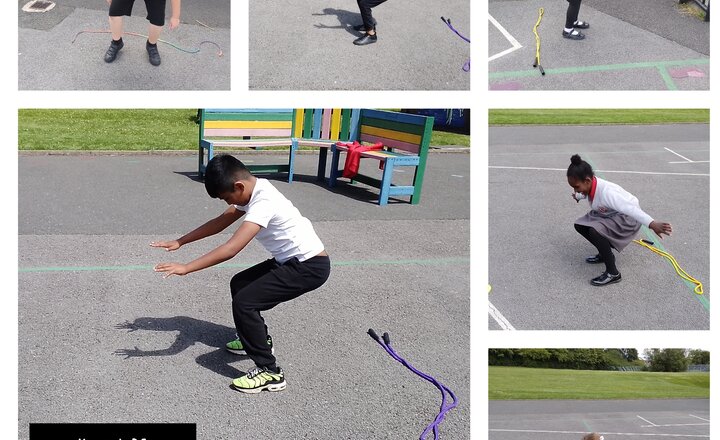
.png)
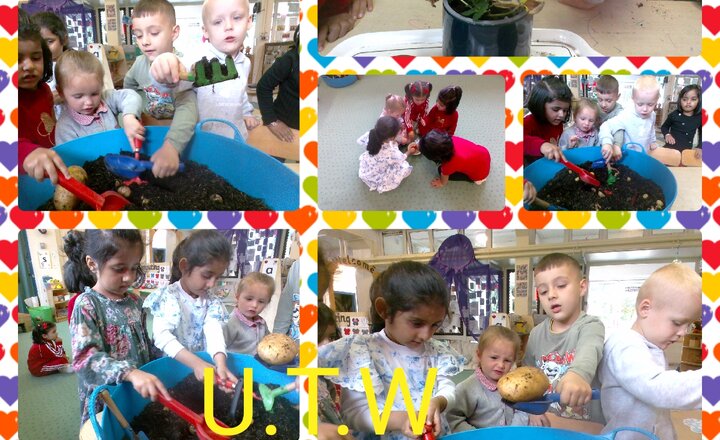
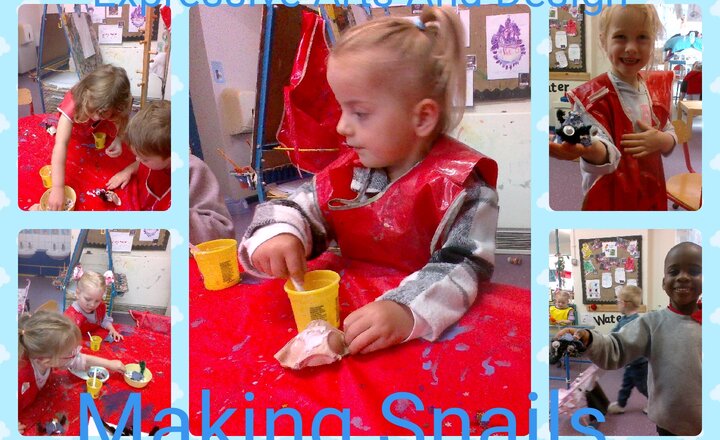
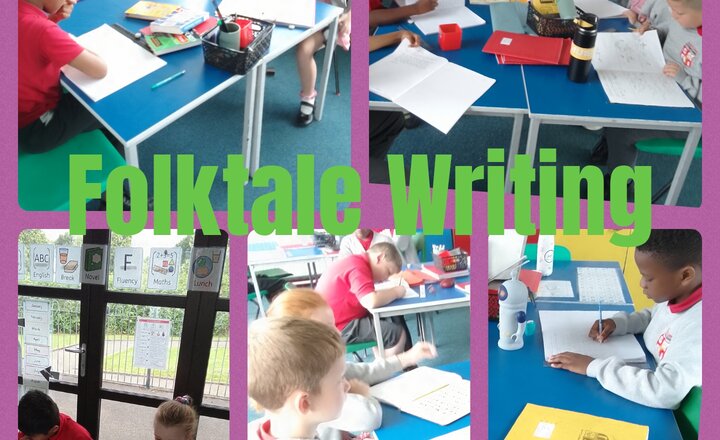
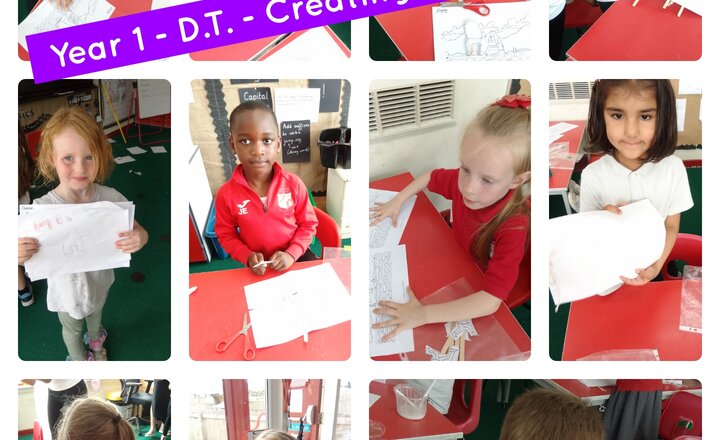
.jpg)
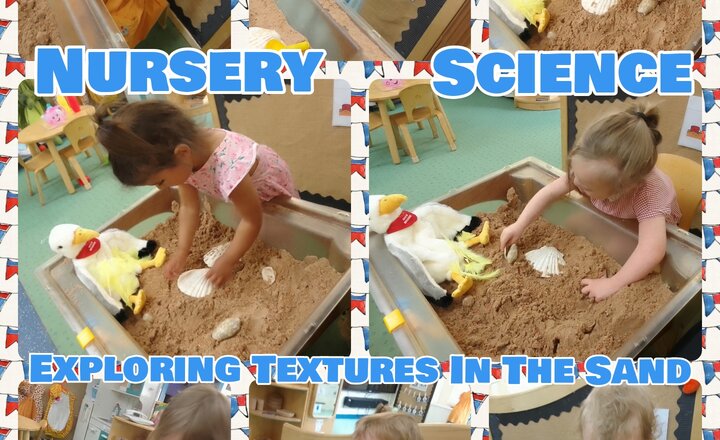
.png)

